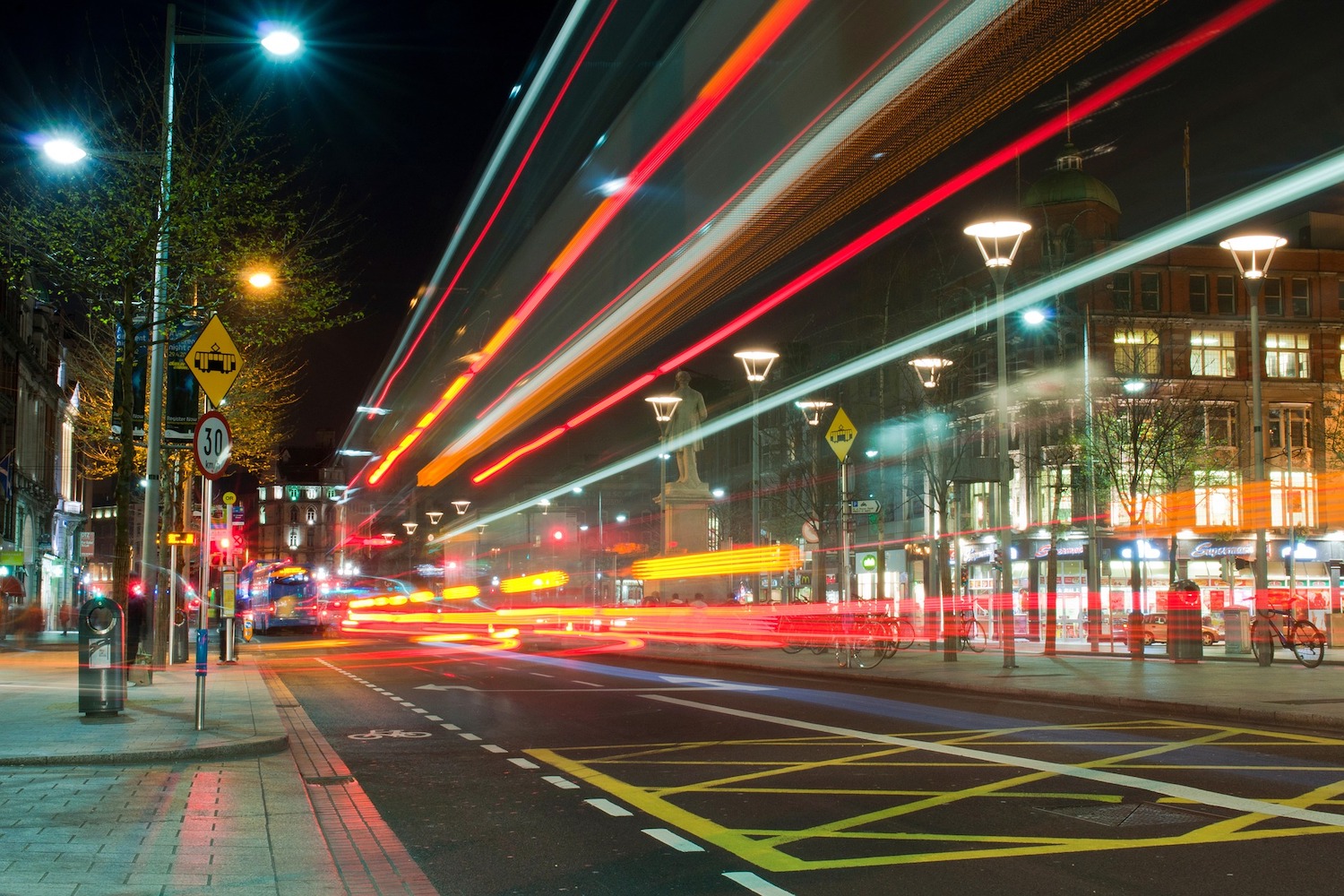The Government has published its National Sustainable Mobility Action Plan 2022-2025 and is promising to ramp up investment in public transport and 'active travel' which includes more walking and cycling.
Hydrogen power
As part of the plan, policies are being laid down, and funding reserved, for such actions as converting the national bus fleet to electric and/or hydrogen power, bringing more commuter rail services to Cork, planning for the decarbonisation of inter-city rail, and trying to make public transport rather more pleasant to use through: "awareness campaigns with the aim of promoting inclusivity, courtesy and respect for all when travelling on public transport."
From the driver's point of view, there are a few noteworthy parts of the plan. First, the Government is promising "to protect and renew road infrastructure for all road users including sustainable mobility users" which is very good news. Speed management measures will also be increased and improved, in consultation with An Garda Síochána, and the plan calls for more vehicle-activated speed signs and average speed cameras. There will also be more camera-based enforcement of bus and cycle lanes.
Electric taxis
The plan to help taxi and private hire providers to switch to electric power is also continuing - rather embarrassingly, last year that plan ran out of funds when more taxi drivers than expected applied for EV grants. The scheme is better funded going into 2022, but given the explosion in electric car sales, it may yet prove to be short of expectations once again. Fiona Brady, Head of Operations & Public Affairs for Free Now Ireland commented: "We welcome today's launch of the new Sustainable Mobility Policy for Ireland by the Department of Transport. This is another important step to encourage positive and practical changes across our national transport network in the immediate term, to support the imminent and challenging target of a 42-51 per cent reduction in our national transport carbon emissions by 2030. We support the government's multi-faceted approach to affect much-needed change in the provision and uptake of sustainable and accessible transport options across Ireland."
Pedestrian enhancement plans will also be put forward for the five major metropolitan areas of Ireland - Dublin, Cork, Galway, Limerick, and Waterford - and other key towns, so expect more pedestrianised areas and fewer city-centre parking spaces. Cycling infrastructure is also set to be expanded, and there is a promise to: "review and make recommendations on facilitating cyclists and pedestrians at junctions, including measures that do not require powered traffic signals." That sounds very much like laws recently introduced in England which require drivers turning across junctions to give way to pedestrians and cyclists.
Road pricing
Finally, there's a significant promise to begin looking at the prospect of road and/or journey pricing as an alternative to taxes on petrol and diesel, as more and more electric cars enter the national fleet.
There are also promises to improve rural public transport links, but it behoves us at this point to remind you that Ireland once had an impressive national network of rail links, most of which were ripped up and scrapped in the 1960s. Ditto city-centre trams and trolley buses. While it might have been a previous government that did so, it was still the government, and modern-day motorists are effectively being asked to pay for those mistakes in 2022. Just a thought...
Notably, there is no mention whatsoever of improvements to the electric vehicle charging network.

